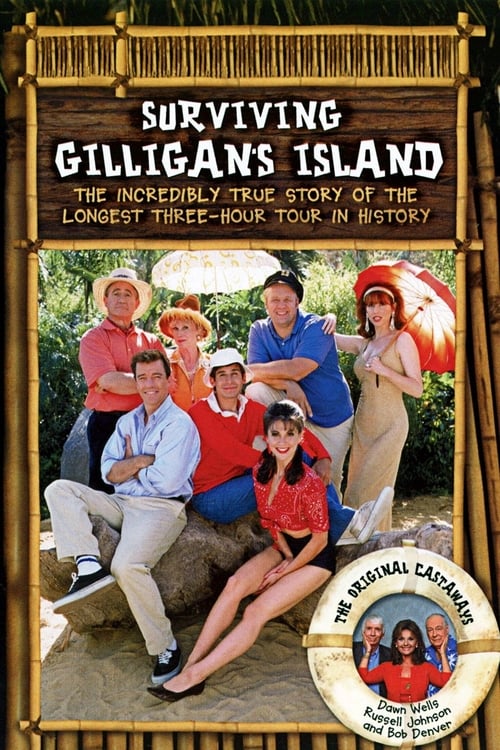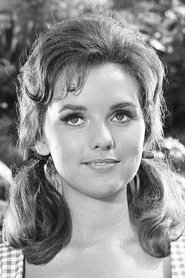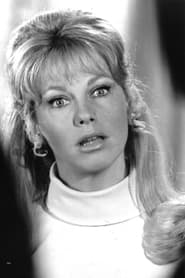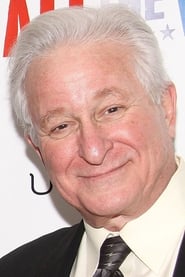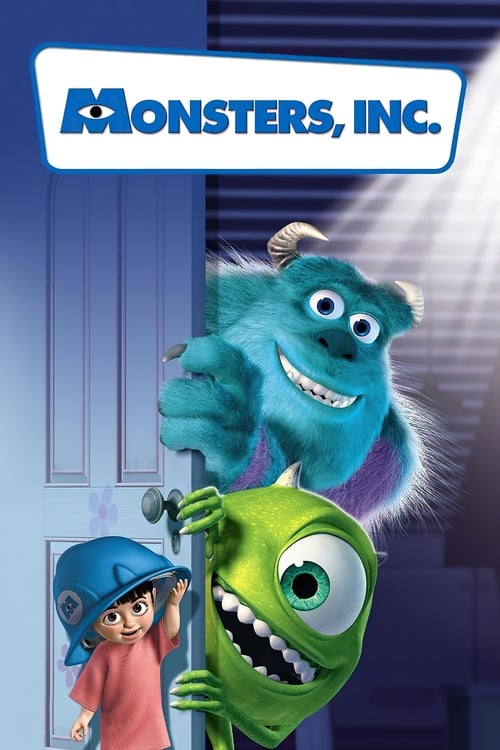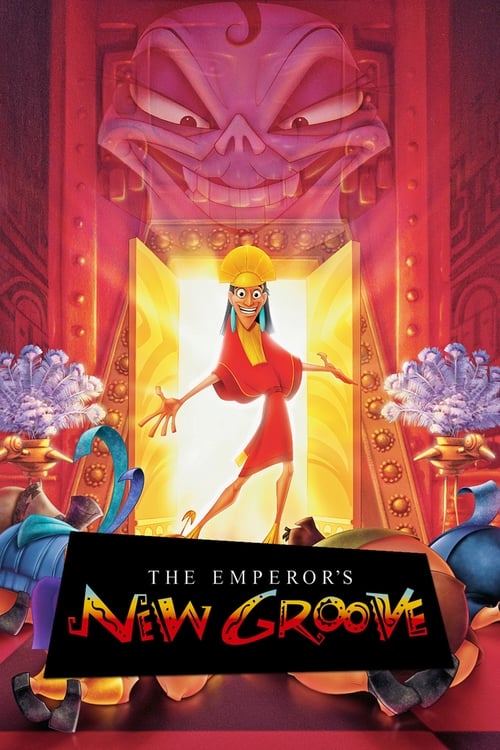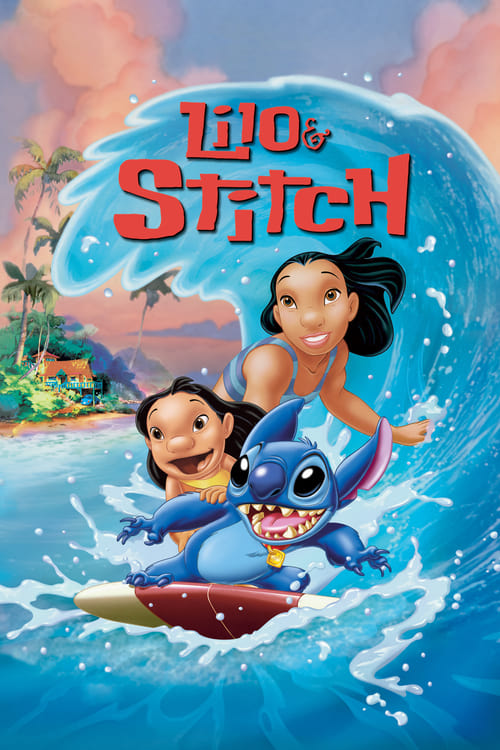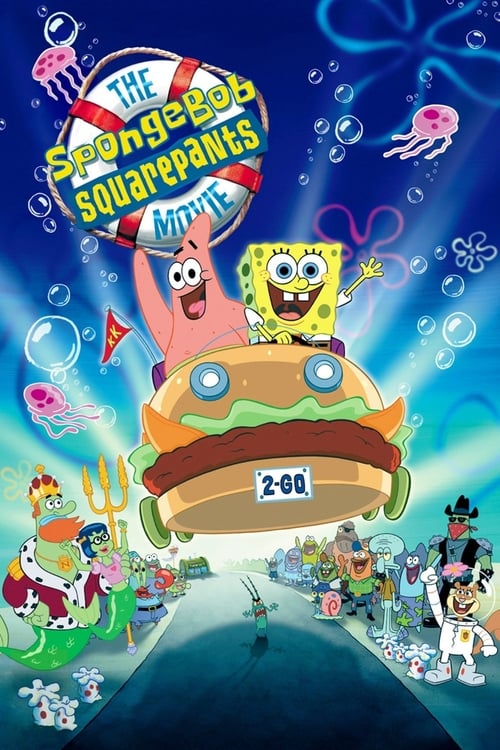
Ask Your Own Question
What is the plot?
The story of Surviving Gilligan's Island: The Incredibly True Story of the Longest Three Hour Tour in History (2001) unfolds as an intricate, multi-layered retrospective blending documentary interviews, dramatized recreations, and candid behind-the-scenes revelations. It opens not with a traditional narrative but with a reflective tone, as the surviving original cast members--Bob Denver (Gilligan), Dawn Wells (Mary Ann), and Russell Johnson (The Professor)--sit down to share their memories and insights about the creation and legacy of the iconic 1960s television series Gilligan's Island.
The film begins in 1963, tracing Sherwood Schwartz's initial inspiration and struggle to pitch the show to CBS. We see Schwartz passionately presenting his concept, a comedic tale of seven castaways stranded on an island after a "three-hour tour" gone awry. The network executives are skeptical, dismissing the idea as too silly and unlikely to succeed. Yet Schwartz perseveres, even composing and singing the theme song himself during the pitch, underscoring his belief in the project's potential. The pilot episode is filmed amid tension and uncertainty, with the cast still unsure of how the characters and tone will evolve.
Early scenes reveal the cast's reactions to the pilot's initial negative feedback. The actors--Denver, Wells, Johnson, Alan Hale Jr. (Skipper), Jim Backus (Mr. Howell), Natalie Schafer (Mrs. Howell), and the actress playing Ginger (referred to as Louise in the film)--must adapt quickly to network notes and creative changes. Louise's storyline emerges as a key source of tension: she is frustrated by the show's focus on the ensemble rather than her character's supposed centrality. She repeatedly attempts to extricate herself from her contract, causing friction with both the production team and her fellow cast members. This conflict is dramatized through scenes where Louise confronts producers and co-stars, her dissatisfaction palpable in sharp exchanges that underscore the fragile camaraderie behind the scenes.
As the series progresses from 1964 to its cancellation in 1967, the film intersperses original footage with reenactments, illustrating the show's rise from initial rejection to cult status. The cast members' interviews reveal their mixed feelings about the show's legacy--pride in its enduring popularity but also frustration with typecasting and the limits of their roles. The narrative also touches on the production challenges, from tight filming schedules to network pressures, painting a vivid picture of 1960s television production.
A poignant and somber thread runs through the film as it addresses the mortality of the original cast. The film does not shy away from the deaths of Alan Hale Jr., Jim Backus, and Natalie Schafer, providing intimate glimpses into their final years. Jim Backus's declining health during the 1970s and early 1980s is shown with sensitivity, highlighting his struggles during reunion productions. One powerful scene depicts Dawn Wells preparing Samantha Harris with a crash course in Mary Ann's iconic look at Alan Hale Jr.'s funeral, a moment heavy with emotion and reverence for their departed friend.
Among the film's most memorable revelations is the resolution of a long-standing mystery: why The Professor, despite his vast intelligence, never manages to fix the hole in the boat to escape the island. Russell Johnson, in character as The Professor, humorously explains that if one were stranded with Ginger and Mary Ann, the motivation to leave might be surprisingly low. This tongue-in-cheek answer blends wit with a subtle commentary on the show's enduring charm and the characters' dynamic.
Throughout the film, the interplay between the original cast's reflections and the dramatized recreations creates a layered narrative texture. Scenes shift fluidly from interviews in personal spaces to CBS network offices, filming locations, and behind-the-scenes sets. The recreations are carefully crafted, with Steve Vinovich's portrayal of Jim Backus standing out for its authenticity, supported by Laura Karpman's evocative score that echoes the original series' tone and period.
The film culminates in a reflective and bittersweet finale. The surviving cast members discuss their lives in 2001, revealing how the show's unexpected longevity shaped their careers and personal journeys. They acknowledge the bittersweet nature of fame tied to a single role but express gratitude for the show's place in television history. The final scenes show them commemorating their lost colleagues, underscoring themes of friendship, legacy, and the passage of time.
Notably, the film does not depict any fictional deaths or violent confrontations among the cast or characters; rather, it focuses on real-life passings and the emotional impact of those losses. There are no deaths caused by other characters or dramatic confrontations leading to fatalities--this is a docudrama rooted in truth and respect for its subjects.
In the closing moments, the film leaves viewers with a sense of closure and homage. The narrative arc, while unconventional and non-linear, builds momentum through personal testimonies and revealing anecdotes, culminating in a heartfelt tribute to the enduring spirit of Gilligan's Island and the people who brought it to life. The story ends not with a dramatic climax but with a quiet celebration of memory, resilience, and the unexpected magic of a "three-hour tour" that became a cultural phenomenon lasting far beyond its original broadcast.
What is the ending?
In the ending of "Surviving Gilligan's Island," the cast members reflect on their experiences and the impact of the show on their lives. They come together to celebrate the legacy of "Gilligan's Island," acknowledging the challenges they faced during its production and the lasting bond they formed. The film concludes with a sense of nostalgia and appreciation for the journey they shared.
As the film approaches its conclusion, the narrative shifts to a reflective tone, capturing the essence of the characters and their experiences. The scene opens with the cast members gathering for a reunion, a moment filled with warmth and camaraderie. The atmosphere is charged with nostalgia as they reminisce about their time on the show, recalling the laughter, the struggles, and the friendships that blossomed amidst the chaos of filming.
The camera pans across the faces of the main characters: Bob Denver, who portrayed Gilligan, exudes a sense of humility and gratitude. He shares heartfelt anecdotes about the challenges they faced, including the pressures of maintaining the show's popularity and the toll it took on their personal lives. His emotional state is one of reflection, as he acknowledges the impact the show had on his career and the friendships he forged.
Next, we see Tina Louise, who played Ginger, expressing her mixed feelings about the show's legacy. She grapples with the typecasting that followed her after "Gilligan's Island," yet she also recognizes the joy it brought to millions of viewers. Her internal conflict is palpable as she navigates her feelings of pride and frustration, ultimately finding solace in the shared experiences with her fellow cast members.
As the reunion continues, the characters share humorous stories from the set, bringing laughter to the gathering. The camaraderie is evident as they poke fun at each other, recalling the antics that made the show a beloved classic. This lightheartedness serves as a reminder of the joy they brought to audiences, even amidst the challenges they faced.
The film then transitions to a poignant moment where the cast reflects on the legacy of "Gilligan's Island." They discuss how the show became a cultural phenomenon, transcending generations. Each character expresses their gratitude for the opportunity to be part of something that brought happiness to so many. The emotional weight of their shared history is felt deeply, as they acknowledge the bond that will forever tie them together.
In the final scenes, the characters stand together, united in their shared experiences. They express their hopes for the future, both for themselves and for the legacy of the show. The camera captures their smiles, a testament to the enduring friendships formed during their time on "Gilligan's Island." As the credits begin to roll, the audience is left with a sense of closure, knowing that despite the challenges, the characters emerged with a deeper appreciation for their journey and the impact they had on popular culture.
In summary, the fates of the main characters are intertwined with their reflections on the past. Bob Denver finds peace in his role as Gilligan, Tina Louise navigates her feelings about typecasting, and the rest of the cast celebrates their shared legacy. The film concludes on a note of nostalgia and gratitude, highlighting the lasting impact of "Gilligan's Island" on both the characters and its audience.
Is there a post-credit scene?
In the movie "Surviving Gilligan's Island: The Incredibly True Story of the Longest Three Hour Tour in History," there is no post-credit scene. The film concludes with a wrap-up of the story, focusing on the legacy of the original "Gilligan's Island" series and its impact on the cast members' lives. The narrative emphasizes the camaraderie and challenges faced by the actors during the show's production, but it does not include any additional scenes or content after the credits roll.
What challenges did the cast face during the production of Gilligan's Island?
The cast of Gilligan's Island faced numerous challenges during production, including harsh weather conditions, limited resources, and the pressure of maintaining a comedic tone while dealing with the realities of filming on location. The actors often had to adapt to unexpected situations, such as equipment failures and the need to improvise scenes.
How did the character of Gilligan evolve throughout the series?
Gilligan, portrayed by Bob Denver, began as a bumbling but lovable first mate whose clumsiness often led to the group's misadventures. Over time, his character developed a deeper emotional connection with the other castaways, showcasing moments of bravery and loyalty, despite his ongoing mishaps.
What was the relationship between the Professor and Mary Ann like?
The relationship between the Professor, played by Russell Johnson, and Mary Ann, portrayed by Dawn Wells, was characterized by a sweet, platonic bond that hinted at deeper feelings. Their interactions often showcased mutual respect and admiration, with the Professor's intelligence complementing Mary Ann's nurturing nature, creating a dynamic that resonated with fans.
How did the character of the Skipper handle the challenges of leadership?
The Skipper, played by Alan Hale Jr., often struggled with the weight of leadership while trying to keep the group united and hopeful. His emotional state fluctuated between frustration and determination, as he dealt with Gilligan's blunders and the group's despair, showcasing his protective instincts and desire to maintain order.
What were some of the most memorable guest stars that appeared on Gilligan's Island?
Gilligan's Island featured several memorable guest stars, including notable figures like Bob Denver's friend and fellow comedian, who brought unique storylines and humor to the show. These guest appearances often added new dynamics to the castaways' interactions and provided fresh comedic scenarios that delighted audiences.
Is this family friendly?
"Surviving Gilligan's Island: The Incredibly True Story of the Longest Three Hour Tour in History" is generally considered family-friendly, as it is a light-hearted film that pays homage to the beloved television series "Gilligan's Island." However, there are a few aspects that might be considered potentially objectionable or upsetting for children or sensitive viewers:
-
Mild Language: There are instances of mild language that may not be suitable for very young children.
-
Emotional Struggles: The film touches on the emotional challenges faced by the cast members after the show's cancellation, including feelings of disappointment and frustration, which may be heavy for some viewers.
-
Depictions of Fame: The film explores the pressures and challenges of fame, which could be confusing or upsetting for younger audiences who may not fully understand the complexities of celebrity life.
-
Personal Conflicts: There are moments of tension and conflict among the cast members as they navigate their careers and relationships, which might be intense for sensitive viewers.
Overall, while the film is light-hearted and nostalgic, these elements may require parental guidance for younger viewers.

